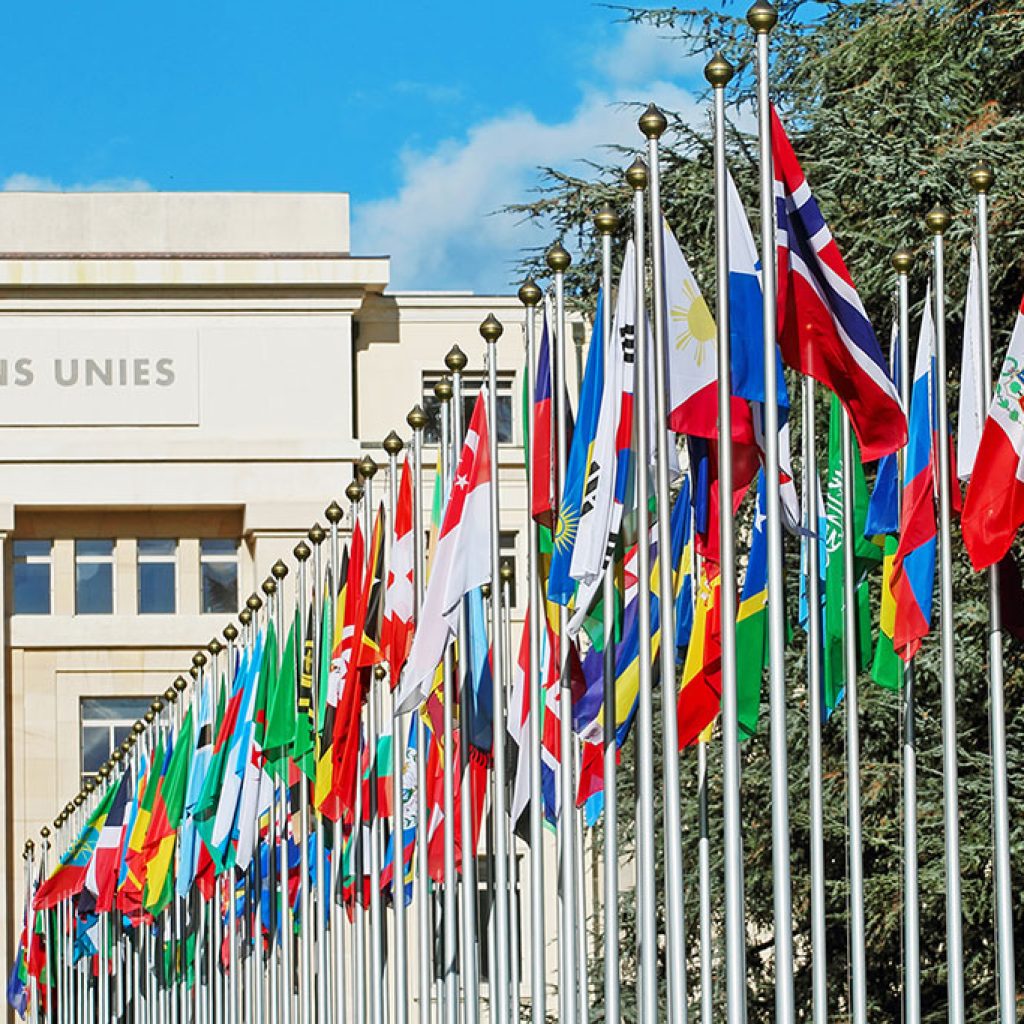In the heart of Sweden, the freezing Arctic air buzzed with the warmth of diplomatic dialogue as high-ranking officials from the United States and the European Union congregated to discuss a broad range of issues.
From trade complaints lingering from the Trump administration to the advent of artificial intelligence (AI) and the looming economic giant that is China, the discussions were as diverse as they were critical.
The fourth ministerial meeting of the Trade and Technology Council (TTC) took place in Lulea, situated just beneath the Arctic Circle. Among those in attendance were Antony Blinken, the U.S. Secretary of State, and Margrethe Vestager, Vice President of the European Commission.
U.S. Commerce Secretary Gina Raimondo, Trade Representative Katherine Tai, and Valdis Dombrovskis, the Vice President and Trade Chief of the European Commission, were also in the fray.
Navigating the future: AI and trade practices
One of the pivotal topics under consideration was the future of AI technology, with special emphasis on establishing baseline standards for generative AI algorithms such as ChatGPT.
The leaders also reviewed export controls and investment surveillance measures, discussions that previously focused predominantly on Russia.
However, it was China that took center stage at the meeting. Despite only appearing twice in the draft joint statement, the nation’s influence was felt throughout discussions on non-market practices and disinformation.
The U.S. leadership reportedly encouraged dialogue that mirrored concerns voiced at the recent G7 leaders’ meeting, which was labeled an “anti-China workshop” by China’s Global Times.
U.S. and EU finding common ground: Economic security and green trade
On the European side, the gathering in Sweden coincided with the European Commission’s presentation of its “Economic Security Strategy”. This strategy, which aims to prevent rival nations such as China from accessing Europe’s most sensitive technology, generated a wealth of discussions.
Green trade enhancement was also a key topic on the EU’s agenda, with Brussels seeking cooperation to recognize mutual products despite the absence of a free-trade agreement between the U.S. and the EU. This lack of agreement has led to some EU producers missing out on the benefits of the projected $369 billion in green subsidies from the U.S.’s Inflation Reduction Act.
Further, the EU is striving for an accord with the U.S. on critical minerals essential for electric vehicles, and for progress towards a “green steel” arrangement to tackle overcapacity.
This arrangement is needed by the end of October to prevent the reinstatement of steel and aluminum tariffs imposed by former U.S. President Donald Trump, which were suspended in 2021.
This meeting underlined the importance of continuous diplomatic discourse in a rapidly changing world. The dialogue about China, the future of AI, and the resolution of trade disputes echoed the necessity of strong U.S. and EU relationships in the face of the evolving global landscape.





